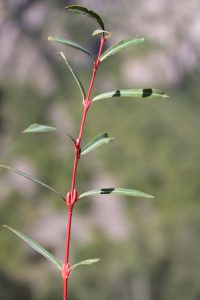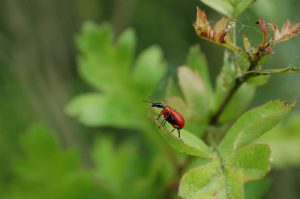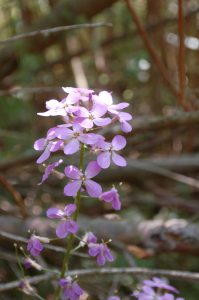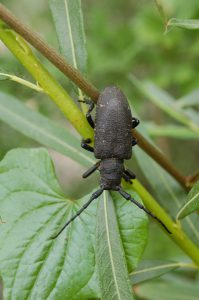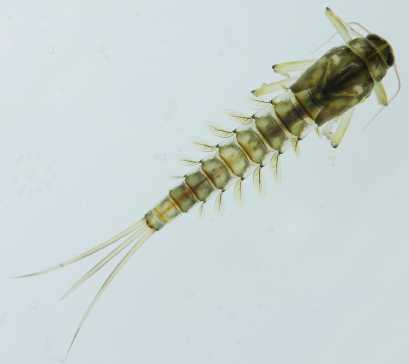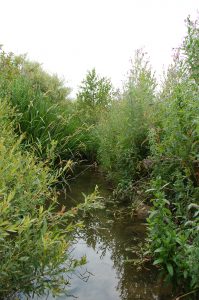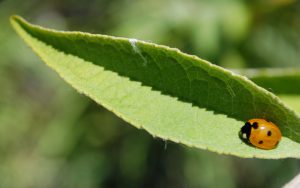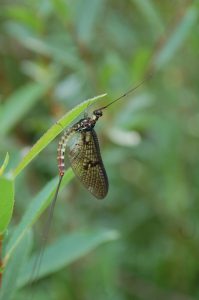Different taxonomic groups (terrestrial and aquatic animals and plants) are chosen to take account of the biological community structures and ecosystem functions that develop after the construction work has been carried out.
Riparian vegetation is adapted to different substrates and different levels of disturbance exposure. This forms habitats and shelter for many animal species that use riparian areas for food or breeding.
Coleoptera, and in particular the Carabidae family, are recognized as bioindicators of the diversity of vegetation, the integrity of hydromorphological processes and riparian habitats.
Benthic macroinvertebrates respond easily to a combination of several types of anthropogenic disturbances operating on different scales, such as the regulation of hydraulic regimes or the local physical integrity of the bed and banks of the watercourse.
The results show a real added value ecologically due to soil bioengineering techniques, both on the mixed installations (combining civil engineering and soil bioengineering techniques) and on those using pure soil bioengineering.
Revegetation efforts related to soil bioengineering techniques significantly increase the plant, taxonomic and functional diversity in mixed developments.
Flying coleoptera benefit from increases in plant diversity. The number of taxa has been noted to increase significantly on pure soil bioengineering developments.
Benthic macroinvertebrates also appear to benefit from revegetation efforts, with a tendency to increase in taxonomic richness following plant engineering techniques.
Plants, as the primary producers, create zones that act as habitats, refuges, and nutrition, and areas for reproduction and transition for many terrestrial organisms. Aquatic organisms benefit from root systems that are caches and habitats for many species of macroinvertebrates. Plants are thus essential for the development of viable and functional ecosystems in piedmont riparian zones and the revegetation effort inherent in soil bioengineering techniques promotes the functional restoration of a landscaped bank.
To elaborate
Cavaillé, P., F. Dommanget, N. Daumergue, G. Loucougaray, T. Spiegelberger, E. Tabacchi and A. Evette (2013). Biodiversity assessment following a naturality gradient of riverbank protection structures in French prealps rivers. Ecological Engineering 53(0): 23-30.
Cavaillé, P., L. Ducasse, V. Breton, F. Dommanget, E. Tabacchi and A. Evette (2015). Functional and taxonomic plant diversity for riverbank protection works: Bioengineering techniques close to natural banks and beyond hard engineering. Journal of Environmental Management 151(0): 65-75.
Cavaillé, P., A. Evette and G. Huyghe (2014). Quelle biodiversité pour les berges aménagées ? Génie Biologique 14(1): 32-38.
Evette, A., C. Zanetti, P. Cavaillé, F. Dommanget, P. Mériaux and M. Vennetier (2014). La gestion paradoxale des ripisylves des cours d’eau de piedmont alpin endigués. Journal of Alpine Research | Revue de géographie alpine.

